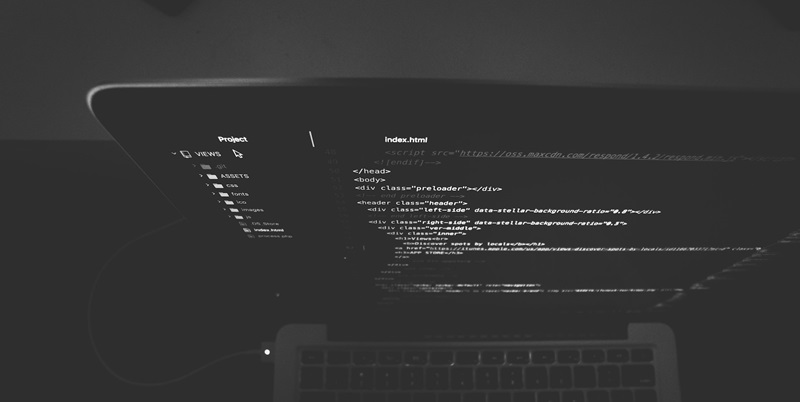Since its emergence in July 2023, the cross-platform botnet known as P2Pinfect has been making headlines due to its rapid expansion. Now, this notorious Rust-based malware has taken a significant leap in sophistication, unveiling a new variant specifically crafted for Microprocessor without Interlocked Pipelined Stages (MIPS) architecture. This latest move signifies an alarming escalation in the botnet’s tactics, showcasing a deliberate focus on routers, IoT devices, and various embedded systems. In this article, we will delve into the details of this MIPS variant and its implications for cybersecurity.
P2Pinfect Unveils New Variant for MIPS Architecture
In a troubling development, P2Pinfect has released a variant designed exclusively for MIPS architecture. MIPS, a microprocessor architecture widely used in routers, IoT devices, and embedded systems, provides a new avenue for the botnet’s propagation. By targeting these specific devices, P2Pinfect attains a wider attack surface and poses an increased threat to critical infrastructure and user privacy.
Discovery of MIPS Variant by Cado Security Labs
The emergence of the MIPS variant came to light through the diligent efforts of researchers at Cado Security Labs. While investigating files uploaded via SFTP and SCP to an SSH honeypot, they stumbled upon this new iteration of P2Pinfect. Unlike earlier versions that primarily leveraged SSH servers for propagation, this variant stands out for its attempt to brute-force SSH access to embedded devices. This shift in tactics demonstrates an astute understanding of the evolving landscape of cybersecurity.
Exploitation of Redis on MIPS devices
The MIPS variant of P2Pinfect comes with an added capability to exploit Redis, a popular in-memory data structure store, on devices utilizing the OpenWRT package named redis-server. By leveraging this vulnerability, the malware can gain unauthorized access to sensitive data and further compromise the target system. This sophisticated approach highlights the adaptability and resourcefulness of the P2Pinfect botnet.
Adoption of Evasion Technique – TracerPid
To circumvent detection, the MIPS variant of P2Pinfect adopts a new evasion technique known as TracerPid. This technique involves spawning a child process that actively detects dynamic analysis tools employed by researchers and security professionals. By recognizing and evading such tools, P2Pinfect successfully conceals its presence and makes it increasingly challenging to identify and mitigate the threat.
Anti-Forensic Measure – Disabling Linux Core Dumps
In a calculated effort to safeguard crucial information from exposure, P2Pinfect seeks to disable Linux core dumps. By preventing the creation of these core dumps, which often contain valuable data for forensic analysis, the botnet aims to hinder investigators’ ability to unravel its inner workings. This anti-forensic measure adds another layer of complexity to an already elusive threat actor.
Analysis of P2Pinfect’s tactics and techniques
The evolution in tactics used by P2Pinfect, combined with its expanded target range and advanced evasion techniques, strongly indicates the involvement of a determined and sophisticated threat actor. The careful crafting of a MIPS variant to exploit vulnerabilities in routers, IoT devices, and embedded systems demonstrates a thorough understanding of the potential impact and reach of this botnet. The adoption of evasion techniques like TracerPid and anti-forensic measures further illustrates the level of sophistication employed by the threat actor behind P2Pinfect.
The emergence of P2Pinfect’s MIPS variant signifies a disturbing escalation in the scope and sophistication of this cross-platform botnet. By specifically targeting MIPS architecture, the botnet poses a heightened threat to routers, IoT devices, and embedded systems. Through its exploitation of vulnerabilities in Redis and the adoption of evasion techniques like TracerPid, P2Pinfect continues to evolve and adapt to the ever-changing cybersecurity landscape. It is imperative for organizations and individuals to remain vigilant, update their security measures, and collaborate with cybersecurity experts to safeguard against the growing menace of P2Pinfect and similar threats. With the involvement of a determined and sophisticated threat actor, the stakes have never been higher in the battle to protect critical infrastructure and preserve digital privacy.

